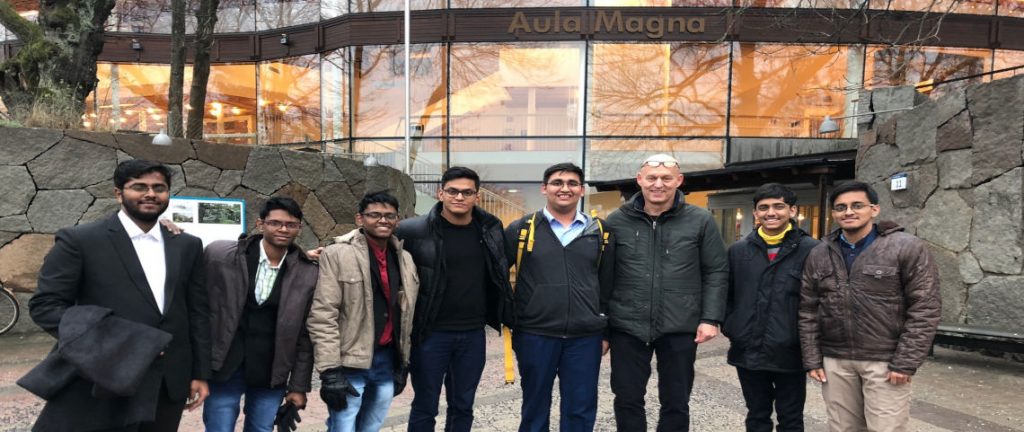Dr. Kerry Healey, President, Babson College, joins SRM AP Board of Governors
Dr. Kerry Healey took office as President of Babson College in July 2013, following three decades of service in academia, government and humanitarian work in the United States and internationally.
Healey is the thirteenth president of Babson College and the first woman to hold that position. Under her leadership, Babson has strengthened its reputation as the recognized global leader in entrepreneurship education, consistently ranked the No. 1 undergraduate school and No. 1 MBA program for entrepreneurship, and No. 1 for international students.
- Published in News
SRM AP & Tufts University to host round-table on higher education
On January 14, 2019, Amaravati (Andhra Pradesh) based SRM University AP and US based Tufts University will host a substantive discussion on higher education, global collaborations and the trends and challenges faced by the sector.
This closed-door, round-table discussion will witness participation of Indian academic leaders, policy makers and administrators and Indian and global higher education leaders. They will deliberate on how higher education has evolved in India and the United States and the trends and challenges that the sector witnesses.
- Published in News
“Nation building requires ground-breaking research.” DRDO Chairman, Dr. G. Satheesh Reddy
In a meeting with SRM AP faculty, Dr. G. Satheesh Reddy drew attention to the prestigious ‘Make in India’ initiative, called for research on futuristic technologies for the nations benefit, and encouraged SRM AP to emerge as a hub for new technology development. Dr. G. Satheesh Reddy is eminently qualified to speak of matters like aligning future university led research objectives with national priorities. He holds four key national government portfolios; He is Secretary to the Government of India in the department of Defence R&D; Chairman, Defence Research Development Organisation (DRDO); Director General, Aeronautical Development Agency (ADA) and Scientific Advisor to the Defence Minister (RM).
- Published in News, Research News
Nobel Lectures, Aula Magna, Stockholm University, Sweden, December 2018

SEAS students – Saurabh Ghanekar, Aneek Banerjee, Saptarshi Mazumder, Rajarshi Mazumder, Koushik Bhargav and Saurav Raj upon invitation by Prof. Bertil Andersson, (Pro-Chancellor of SRM AP, President Emeritus of NTU, Singapore and ex-Chair of the Nobel Committee for Chemistry) attended lectures by the 2018 laureates in Physics, Chemistry and Economics.
- Published in News


